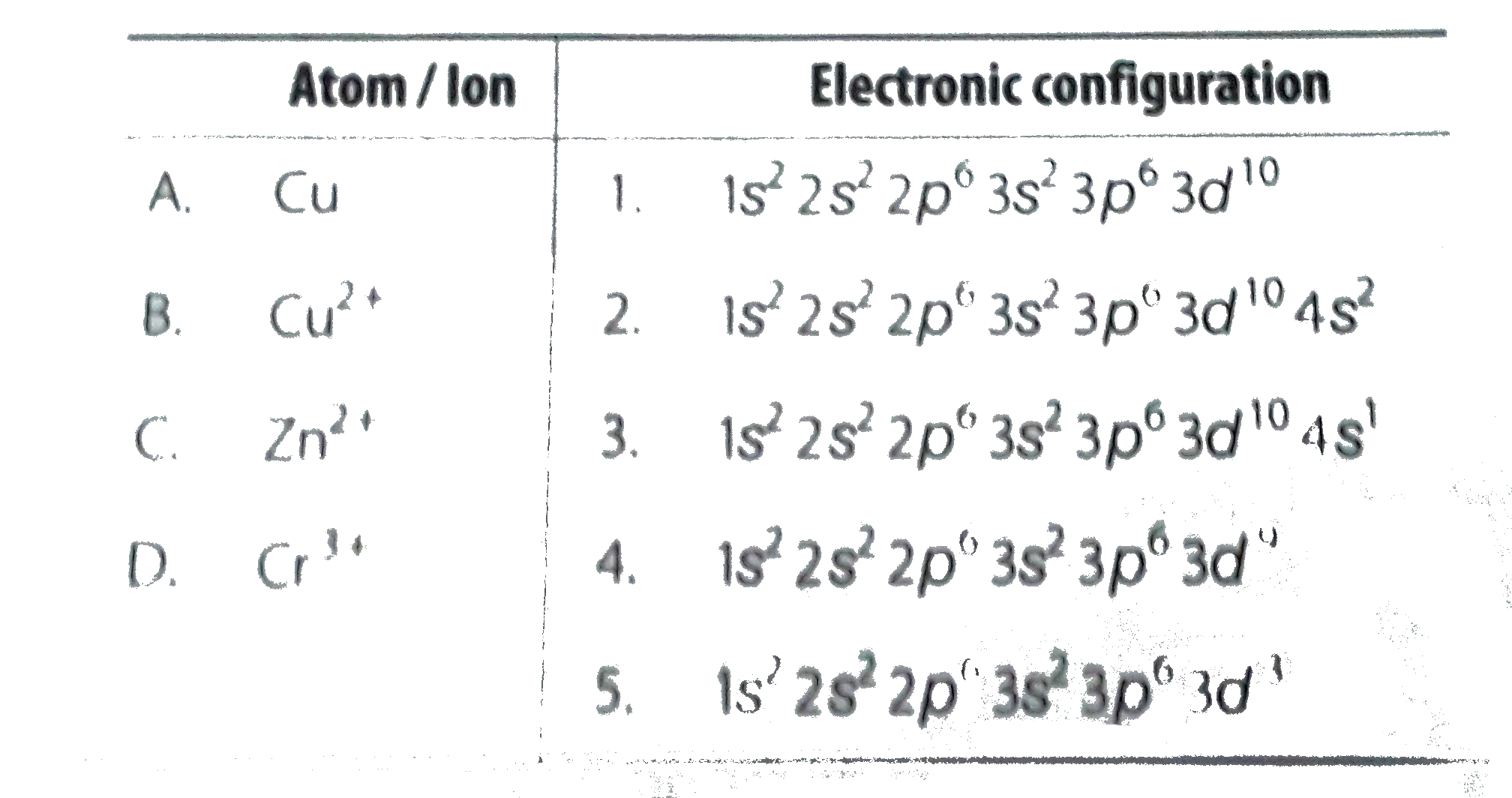

Your answers should be the same except a level further out.Īt this point the 3-level orbitals aren't all full - the 3d levels haven't been used yet. When you've finished, check your answers against the corresponding elements from the previous period. Cover the text and then work out these structures for yourself.

The pattern of filling is now exactly the same as in the previous period, except that everything is now happening at the 3-level. On this basis the structure of chlorine would be written 3s 23p x 23p y 23p z 1.Īt neon, all the second level orbitals are full, and so after this we have to start the third period with sodium. In this context, means the electronic structure of neon - in other words: 1s 22s 22p x 22p y 22p z 2 You wouldn't do this with helium because it takes longer to write than it does 1s 2. Shortcut 2: You can lump all the inner electrons together using, for example, the symbol. The logic is that the 3p electrons will be involved in bonding because they are on the outside of the atom, whereas the 2p electrons are buried deep in the atom and aren't really of any interest. Notice that the 2p electrons are all lumped together whereas the 3p ones are shown in full. Be prepared to meet either version, but if you are asked for the electronic structure of something in an exam, write it out in full showing all the p x, p y and p z orbitals in the outer level separately.įor example, although we haven't yet met the electronic structure of chlorine, you could write it as 1s 22s 22p 63s 23p x 23p y 23p z 1. If the electrons are in the bonding level (those on the outside of the atom), they are sometimes written in shorthand, sometimes in full. This is what is normally done if the electrons are in an inner layer. For example, fluorine could be written as 1s 22s 22p 5, and neon as 1s 22s 22p 6. Shortcut 1: All the various p electrons can be lumped together.

There are two ways around this, and you must be familiar with both. You can see that it is going to get progressively tedious to write the full electronic structures of atoms as the number of electrons increases. The next electrons to go in will have to pair up with those already there. You wouldn't normally write them any differently from the other orbitals. Note: The orbitals where something new is happening are shown in bold type. These levels all have the same energy, and so the electrons go in singly at first. Beryllium adds a second electron to this same level - 1s 2 2s 2. Lithium has an electronic structure of 1s 2 2s 1. Lithium's electron goes into the 2s orbital because that has a lower energy than the 2p orbitals. Now we need to start filling the second level, and hence start the second period. Hydrogen has its only electron in the 1s orbital - 1s 1, and at helium the first level is completely full - 1s 2.
#CHROMIUM ELECTRON CONFIGURATION HOW TO#
If you are studying a UK-based syllabus and haven't got them, follow this link to find out how to get hold of them. Important! You must have a copy of your syllabus and copies of recent exam papers. This page looks in detail at the elements in the shortened version of the Periodic Table above, and then shows how you could work out the structures of some bigger atoms. It is important that you look through past exam papers as well as your syllabus so that you can judge how hard the questions are likely to get. After barium you have to worry about f orbitals as well as s, p and d orbitals - and that's a problem for chemistry at a higher level. UK syllabuses for 16 - 18 year olds tend to stop at krypton when it comes to writing electronic structures, but it is possible that you could be asked for structures for elements up as far as barium. This isn't a mistake, but an effect of converting my original diagram into a lower quality gif image for efficient web use. Note: On some screens the V for vanadium (element 23) may look a bit like a Y. Relating orbital filling to the Periodic Table Important! If you haven't already read the page on atomic orbitals you should follow this link before you go any further. If you want to look at the electronic structures of simple monatomic ions (such as Cl -, Ca 2+ and Cr 3+), you will find a link at the bottom of the page. It assumes that you know about simple atomic orbitals - at least as far as the way they are named, and their relative energies. This page explores how you write electronic structures for atoms using s, p, and d notation.


 0 kommentar(er)
0 kommentar(er)
